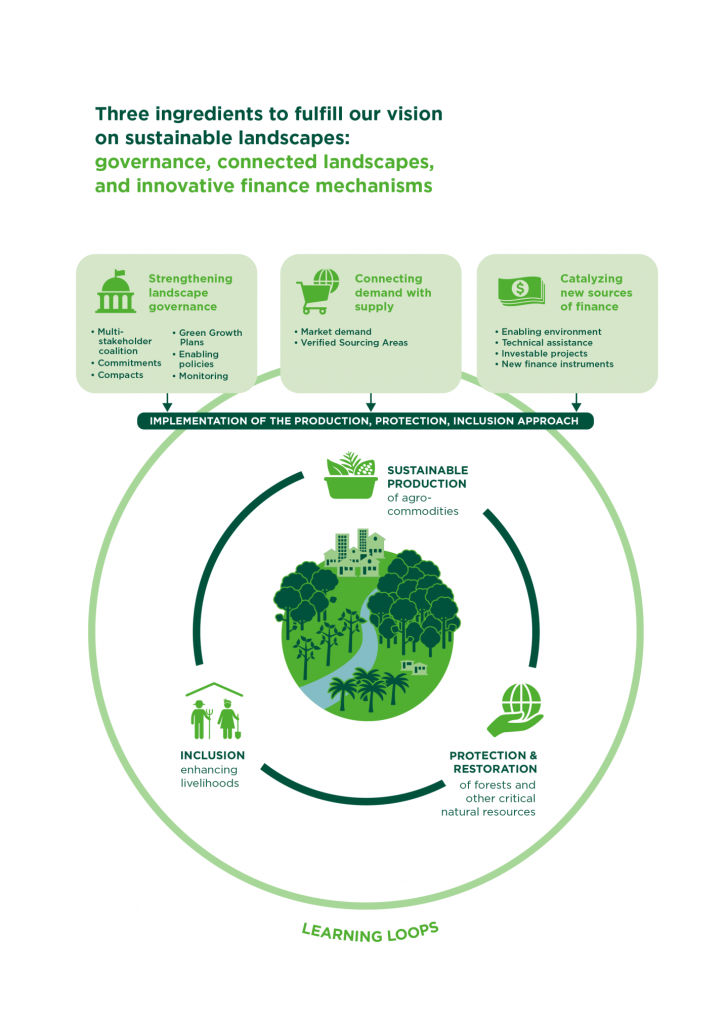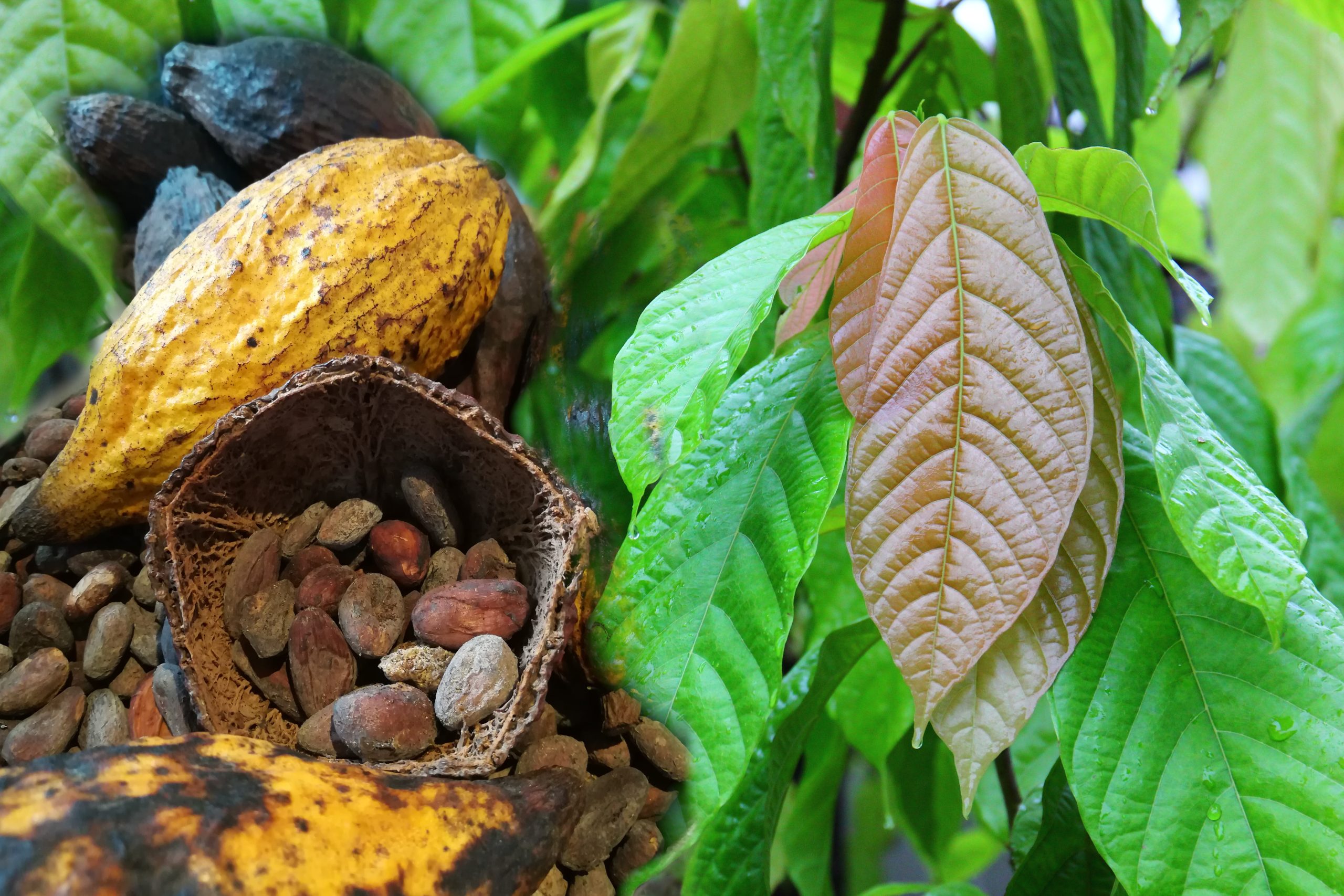This impact story was originally published by IDH here.
In December 2022, the European Parliament reached a preliminary deal with EU governments on a new law on deforestation-free products. While this news received a positive media coverage in Europe, it re-ignited some trade tensions with producing countries, demonstrating further the complexity of designing sustainability related regulations in a globalized economy.
While the intention to address deforestation is much welcome, there are some concerns over the approach the regulation takes. It may in fact result in cleaning European supply chains from deforestation-related commodities without much effect on deforestation rates. Some initial studies show that it could lead traders to reorganize their supply chains, with traceable and deforestation-free products being re-directed to EU markets, and non-compliant products flowing to markets with lower import criteria. As the regulation requires full traceability from the plot of land level, the risk is also that traders go away from the hundred-thousands of smallholder farmers they are currently sourcing from, as mapping them out and proving they are deforestation-free is complex and costly.
Several organizations, including IDH, have looked at how landscape approaches could mitigate the negative impact of the regulation. Landscape approaches refer to multi-stakeholder collaborations that engage stakeholders within and outside a geographic area to align around landscape-level goals and action and improve sustainability performance in that area. These approaches could help de-risk smallholder supply chains and channel more resources to high-risk sourcing areas, to prevent future deforestation.

Some early recommendations on how landscape approaches could be incorporated in the regulation were made by IDH and Proforest in a joint publication released last year. While these recommendations didn’t make it to the final regulation, there are signs that these approaches are triggering increased companies’ interest: in 2021, companies committed to investing in landscapes equivalent to their sourcing footprint by 2030 through the CGF Forest Positive Coalition of Action. In 2022, the number of companies disclosing engagements in landscape or jurisdictional approaches to CDP quadrupled to 191 from the previous year.
A recent publication from TFA, Proforest and CDP (Company Landscape Engagement for Cocoa Sustainability: Progress and the Path Forward) looked more closely at 29 of them in the cocoa sector and the case for their engagement. It offers a more in-depth understanding of companies’ motivations and of how landscape approaches can help them address deforestation in their supply chain.

In the cocoa sector, commitments to reducing deforestation in value chains have increased quite significantly since 2017, when the Cocoa & Forests Initiative (CFI) was launched. CFI now brings together 36 companies from the cocoa sector, the governments of Ghana and Côte d’Ivoire, as well as key NGOs, into a platform that aims to end deforestation in cocoa and restore degraded areas. As early as in 2017, landscape approaches were identified by CFI as a way to operationalize their commitment, in the CFI Framework for Action. There are several landscape initiatives currently active under CFI, and the signatories are now looking at expanding these to all CFI priority landscapes and forests with support from IDH and the World Cocoa Foundation.
While a few years ago, the sector was hesitant to engage in truly pre-competitive collaboration, mindsets seem to have changed and the cocoa landscape report helps understand the companies’ motivation to engage. Companies interviewed for the publication see landscape approaches as a way to address systemic issues and achieve their sustainability commitments in cocoa-sourcing regions, as well as protecting their reputation. They understand that they can’t solve sustainability issues on their own, and that these approaches can help them build strong collaboration with multiple actors in sourcing regions, for changes to be secured in the long term.
By collaborating with others, companies are also able to leverage and mobilize additional sources of funding (private, public as well as blended finance) for climate, biodiversity, and restoration. According to the publication, companies also expect that engaging beyond their supply chain can help reduce emissions from forests and land-use change, which in turn may contribute to their ability to meet their climate goals.
Deforestation rates in cocoa producing countries Côte d’Ivoire and Ghana are allegedly no longer increasing at the same pace as in the previous decade, but the situation is still worrisome as the trend has not yet turned to a net-positive result for forest cover. At the same time, the Congo Basin is under growing deforestation pressure with cocoa playing a prominent role in that.
While the EU regulation on deforestation will accelerate companies’ efforts towards traceability to the farm level, ensuring that cocoa supply chains are free from deforestation will also require accelerating engagement in pre-competitive collaboration at landscape-level. With this article, we would like to invite companies that have not yet engaged in landscape programs to seriously start looking at how they can incorporate these approaches into their supply chain strategy.
